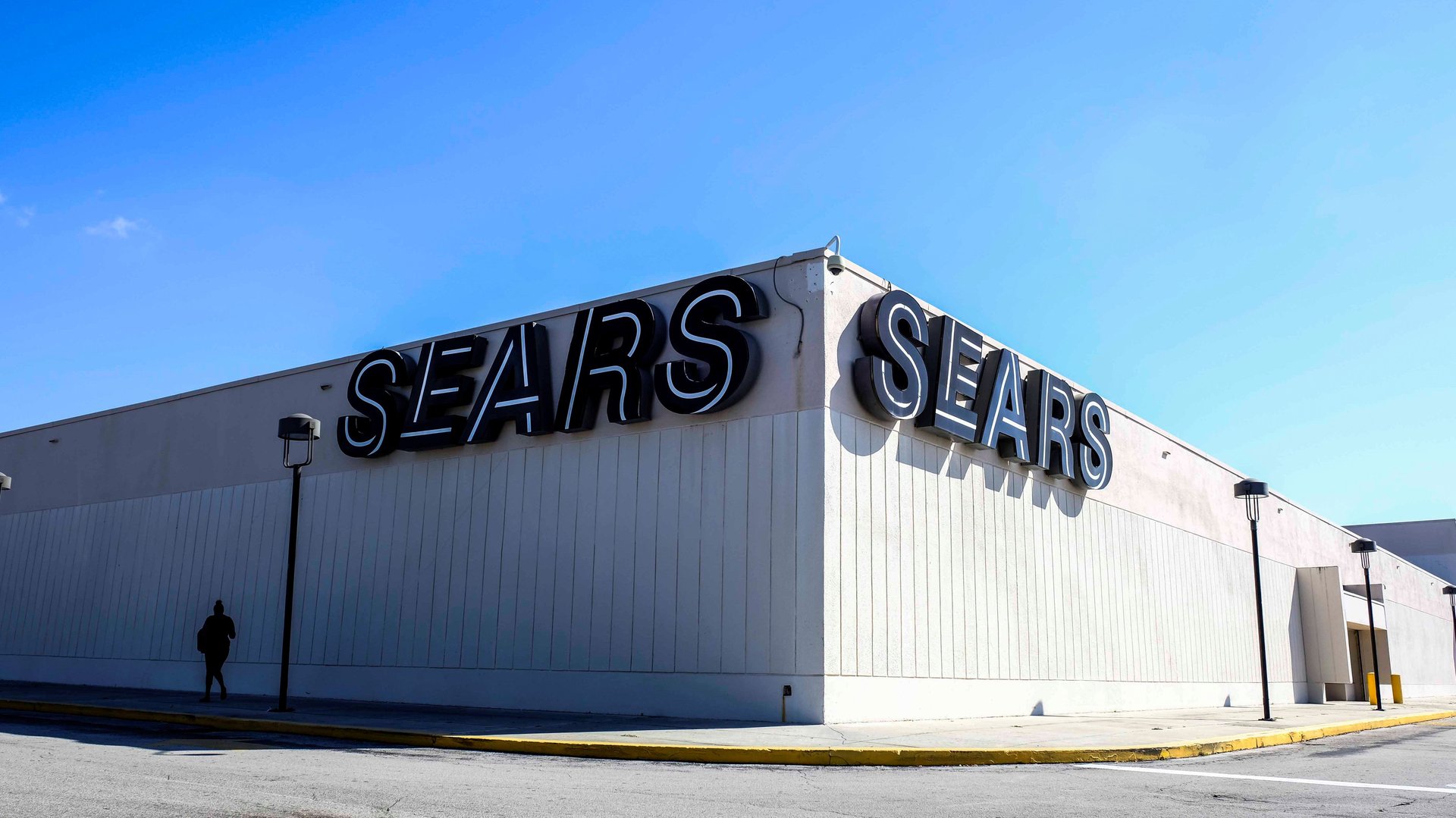Amazon wants to turn your local Sears into a warehouse
Faced with closing stores and dwindling foot traffic, US mall owners have been looking beyond retailers to occupy their empty spaces. One telling shift has included converting stores into e-commerce fulfillment warehouses, and now Amazon reportedly wants in.


Faced with closing stores and dwindling foot traffic, US mall owners have been looking beyond retailers to occupy their empty spaces. One telling shift has included converting stores into e-commerce fulfillment warehouses, and now Amazon reportedly wants in.
The e-commerce juggernaut has been in talks with Simon Property Group, the largest mall owner in the US, about turning some of the spaces occupied by its anchor department stores into distribution centers, according to the Wall Street Journal. The talks have focused on spaces held by JC Penney, which filed for bankruptcy in May, and Sears, which has struggled since its 2018 bankruptcy filing.
The Journal said it was unclear how many stores were under discussion and that the companies might not reach an agreement. “Amazon has a policy of not commenting on rumors or speculation,” Rachael Lighty, an Amazon spokesperson, said in a statement to Quartz.
If a deal did happen, it would be symbolic milestone in retail’s evolution in the US, given that Amazon has often received a share of the blame for the decline of malls and department stores—though it’s only one factor of several, including big brick-and-mortar competitors and the failure of these businesses to stay relevant. It also speaks to the rise and growing demands of e-commerce in the US.
Owners of retail space have been converting property to industrial uses, driven largely by the needs of e-commerce, according to CBRE, a commercial real estate firm. As of July, 59 such projects had been completed, proposed, or gotten underway since 2017, resulting in approximately 13.8 million square feet of retail space becoming 15.5 million square feet of industrial space. There’s no risk of all store space disappearing, however: By one estimate, there are 13.7 billion square feet of retail space in the US.
Meanwhile, the US could need an additional 1 billion square feet of industrial space by 2025 due to e-commerce operations.
Stores can be attractive to companies looking to set up distribution hubs. As CBRE explained:
Underperforming retail sites have become an ideal location for last-mile warehouse developers. They are often located within population centers, connected to utilities and have large parking lots with multiple points of ingress and egress. Many are also freestanding big-box stores with existing dock doors and clear heights compatible with industrial use.
Department stores such as Sears and JC Penney are among the top occupants of space in US malls, and their stumbles could provide opportunities for e-commerce companies looking for delivery hubs that allow them to get more products to customers even faster.
The scenario might not be ideal for malls and their tenants, however. Smaller stores have traditionally relied on department store anchors to generate foot traffic, something a fulfillment center won’t do outside maybe the employees working there. Some have co-tenancy clauses in their leases that let them modify or terminate contracts if the anchor closes. Cities and towns that depend on the sales taxes generated at those stores could also lose out.
Warehouse space tends to be much cheaper than retail space too, meaning mall owners might not be able to charge as much if they want customers. The Journal reported that Simon would likely have to rent to Amazon at a discount.
Still, occupied space is better than empty space, and with Covid-19 pushing a long-term shift toward online shopping, it seems likely more stores will become e-commerce hubs.